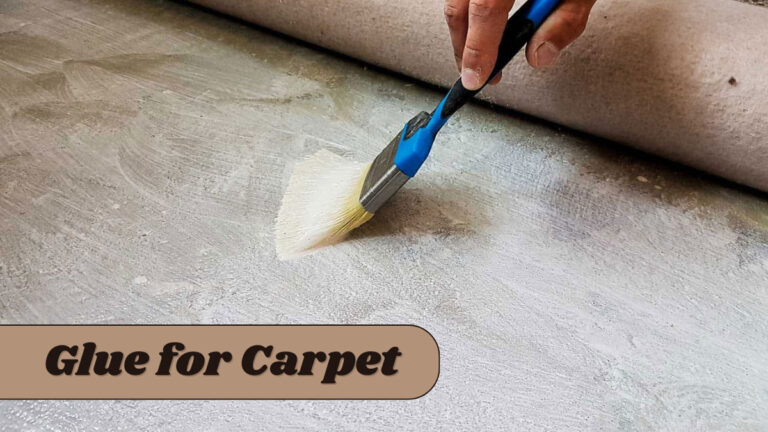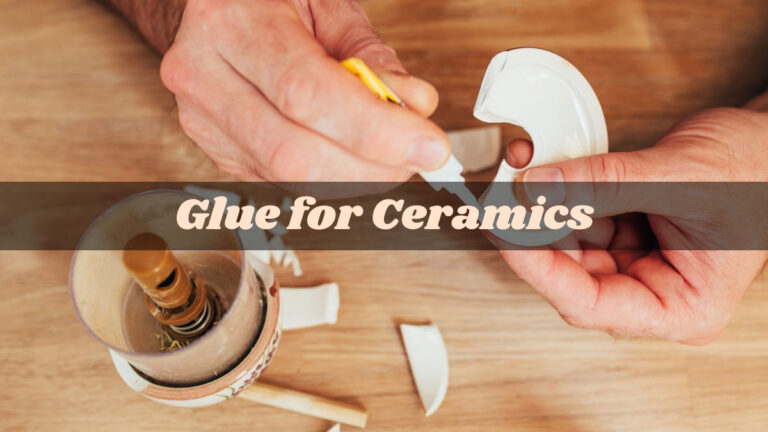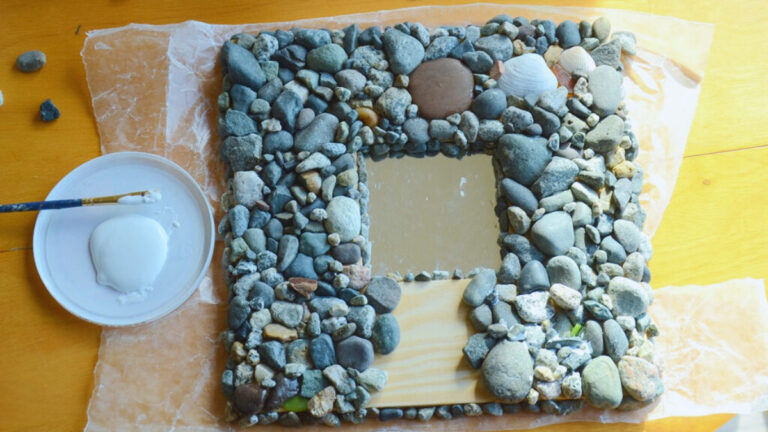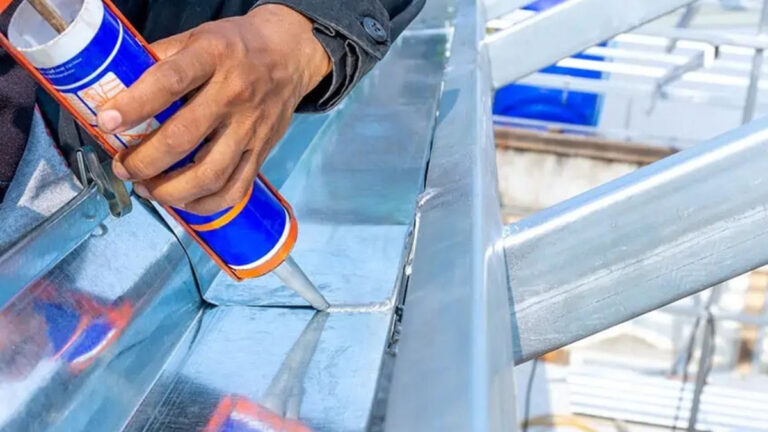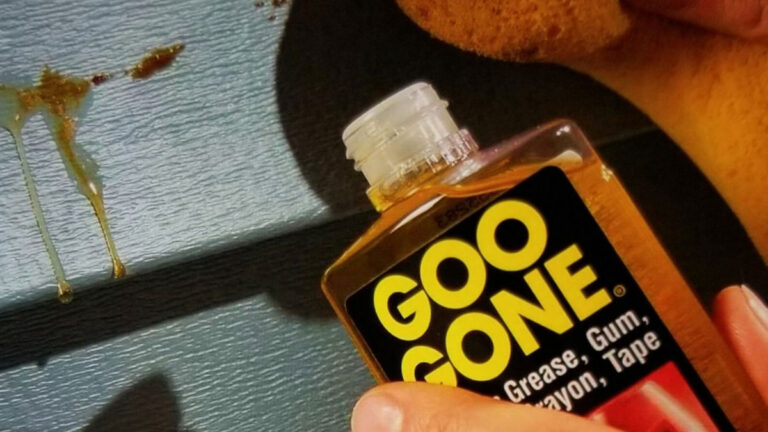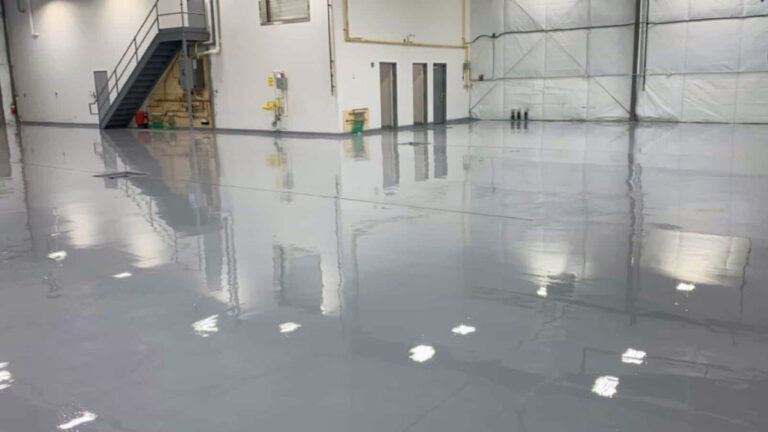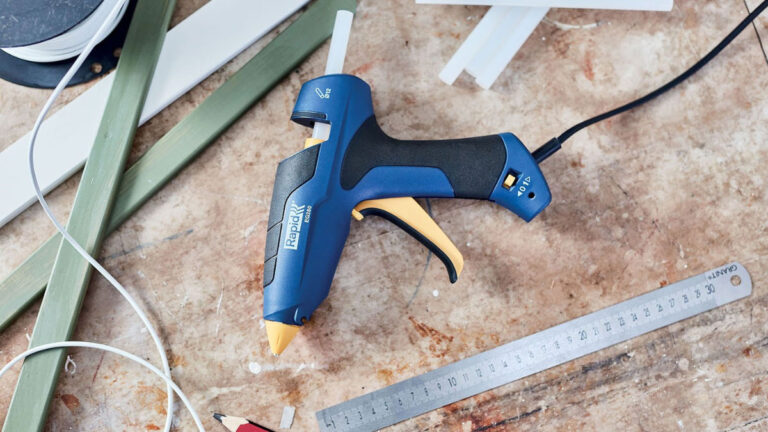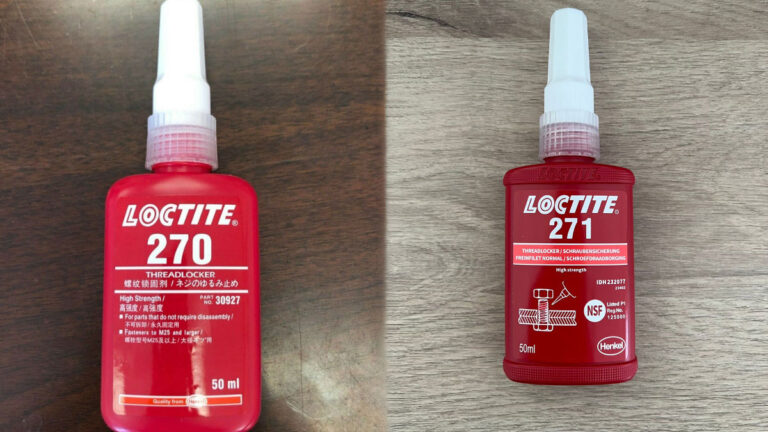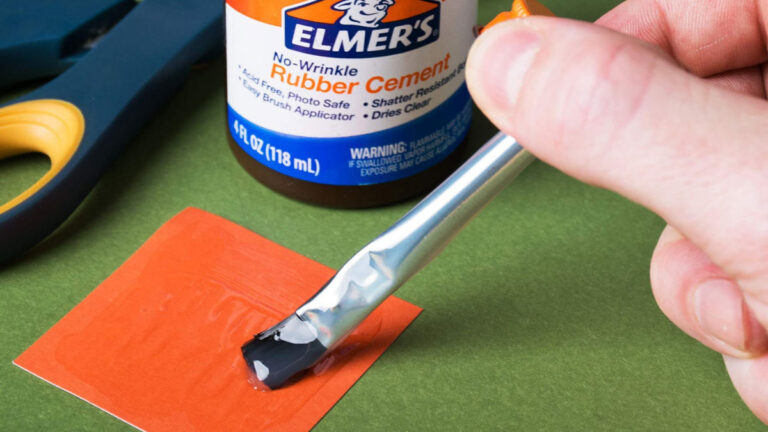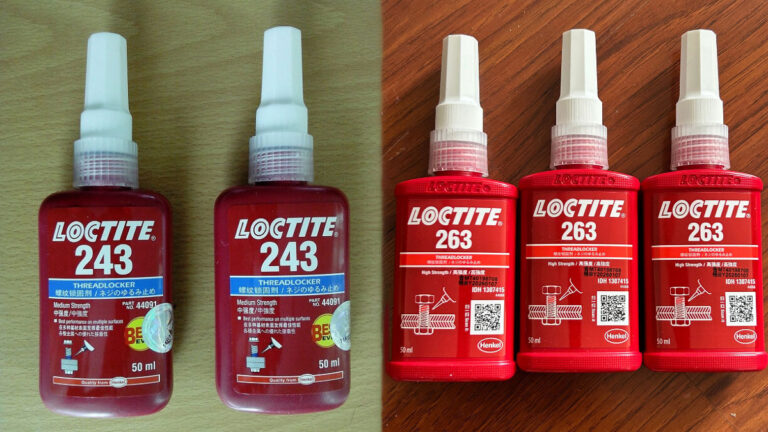Glue for Carpet: Best Adhesives for Durable Installation
Discover the secrets to flawless carpet installation with our comprehensive guide on selecting the best glue for your project. Learn about various adhesive types, key factors for choosing the right one, detailed application steps, and tips for maintaining durability and appearance.

